A building at Stanford Research Park was evacuated Monday afternoon after a construction crew discovered a hand grenade while digging at the site, triggering a response from the Santa Clara County Sheriff's Office Bomb Squad.
After closing the street, the bomb squad conducted a controlled detonation of the device, according to the Palo Alto Police department. The road was reopened by 5:30 p.m.
Police and fire officials learned about the suspicious object at about 1:30 p.m., when they received a report about the discovery at 3145 Porter Drive, a site that is owned by Stanford University and houses Stanford's procurement office. The site also used to be an Army camp during World War I.
The procurement building was evacuated Monday as a "precautionary measure," according to the police department.
Police said the grenade was found by a landscaping worker who had been digging a trench in the soil. The worker reportedly found what the police called a "strange object" about 4 feet underground. The worker then picked up the object and, realizing it could be dangerous, "hastily tossed the grenade away," according to a press release from the police department. The grenade landed in an open area near Porter.
A segment of Porter, just south of Page Mill Road, was closed to traffic in the afternoon while police and fire officials investigated. While the Stanford building at 3145 was evacuated, the occupants of the nearby building at 3155 Porter Drive were told to stay inside, according to police. No other buildings were evacuated.
According to the police, the device was determined by the county bomb squad to be an old fragmentation grenade that was "extremely decomposed."
After the squad destroyed the grenade with a single detonation at about 5:30 p.m., members determined that it had been inert and had not contained any explosive material, police said.
While the origins of the grenade are unknown, police noted that Camp Fremont, a U.S. Army post, was located in the same general area between 1917 and 1920.
The part of Camp Fremont located around 3145 Porter was used for maneuver exercises and drills, said Barbara Wilcox, author of "World War I Army Training by San Francisco Bay: The Story of Camp Fremont," forthcoming in January 2016.
Rifle and artillery ranges were nearby on Camp Fremont's 7,000-acre grounds, Wilcox said. Stanford leased roughly 6,000 acres of its grounds for the camp, she added.
Soldiers would practice, with copious ammunition, for the trench battles that were a defining feature of World War I, Wilcox said.
"Soldiers would use both dummy and live grenades to practice how to advance from a dug-in position," she told Palo Alto Online.
Wilcox said she can't tell if the grenade discovered Monday was from WWI without seeing it, but grenades are "consistent with everything I know about how the camp was used."
Grenades that have been unearthed at the former Camp Fremont site have been "highly corroded and underground at least a foot," Wilcox said.
Wilcox will be giving a presentation on Camp Fremont on Jan. 19, 2016, at 5 p.m. at the Bechtel International Center Assembly Room, 584 Capistrano Way, Stanford. More information is posted on the Stanford Historical Society website.
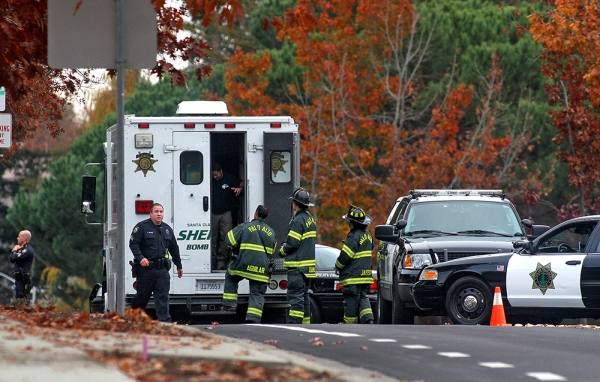
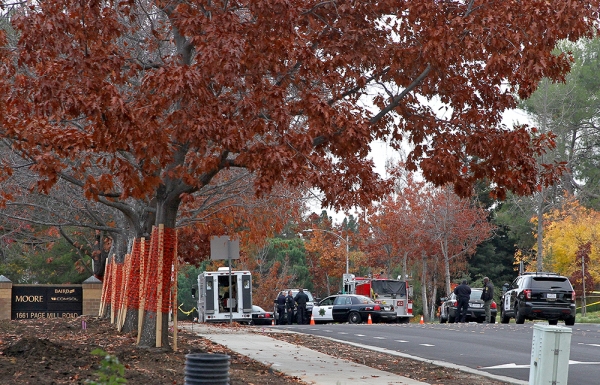
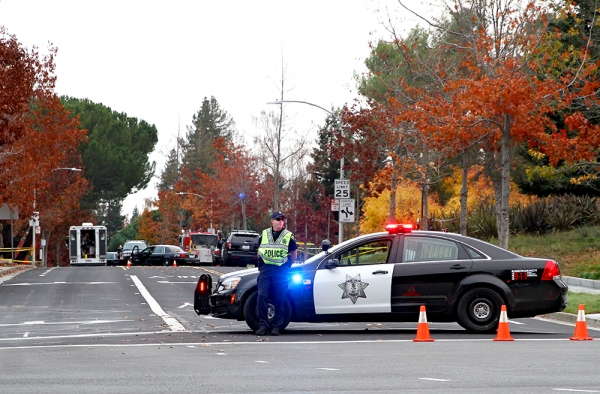
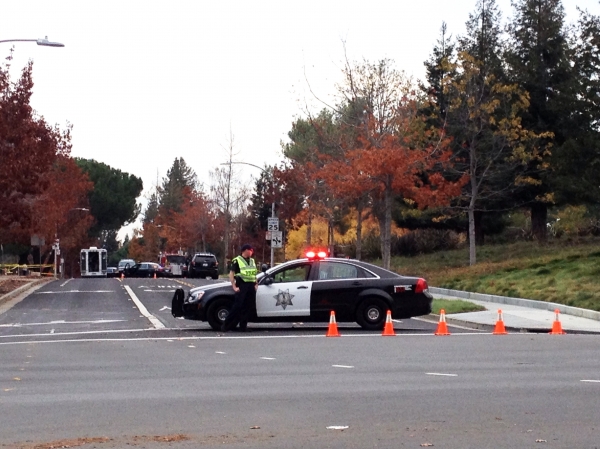
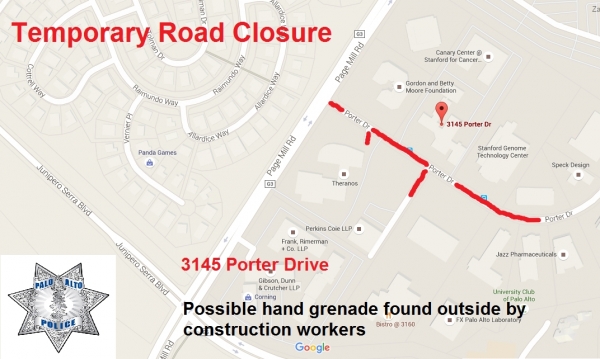


Comments
Registered user
Barron Park
on Nov 30, 2015 at 4:03 pm
Registered user
on Nov 30, 2015 at 4:03 pm
This was the location of a US Army camp during WW2. A neighbor who lived nearby at that time said that as a boy he and friends would wander through the camp. He doesn't remember anything near that site that would have been a practice range for live grenades. From his experience later in the Army, he speculates that what was found might be a practice grenade -- no explosives, but used to practice throwing accurately. Not to say that some idiot didn't bring a real grenade back into camp.
Palo Alto Hills
on Dec 1, 2015 at 11:32 am
on Dec 1, 2015 at 11:32 am
Seems that they do come across live grenades that people have uncovered.
Back in August there was a live one found out of 8 from WWII. Crazy to think that they weren't more careful back then.
Web Link
The one found yesterday was from WWI which are typically unarmed.
Menlo Park
on Dec 2, 2015 at 9:52 am
on Dec 2, 2015 at 9:52 am
Clarification: This is the first grenade I know of to be unearthed on the former Camp Fremont. The other unexploded munitions I know of were 75-millimeter shells found around the Palo Alto Hills Golf and Country Club and Foothills Park in 2008 and 2010, within Camp Fremont's former artillery range, and verified as being WWI-era by demolitions experts. Government documents mention grenade practice southwest of the then town of Mayfield, but remember this was a large area of very undifferentiated open land in 1918. My book, out in January, tells more.